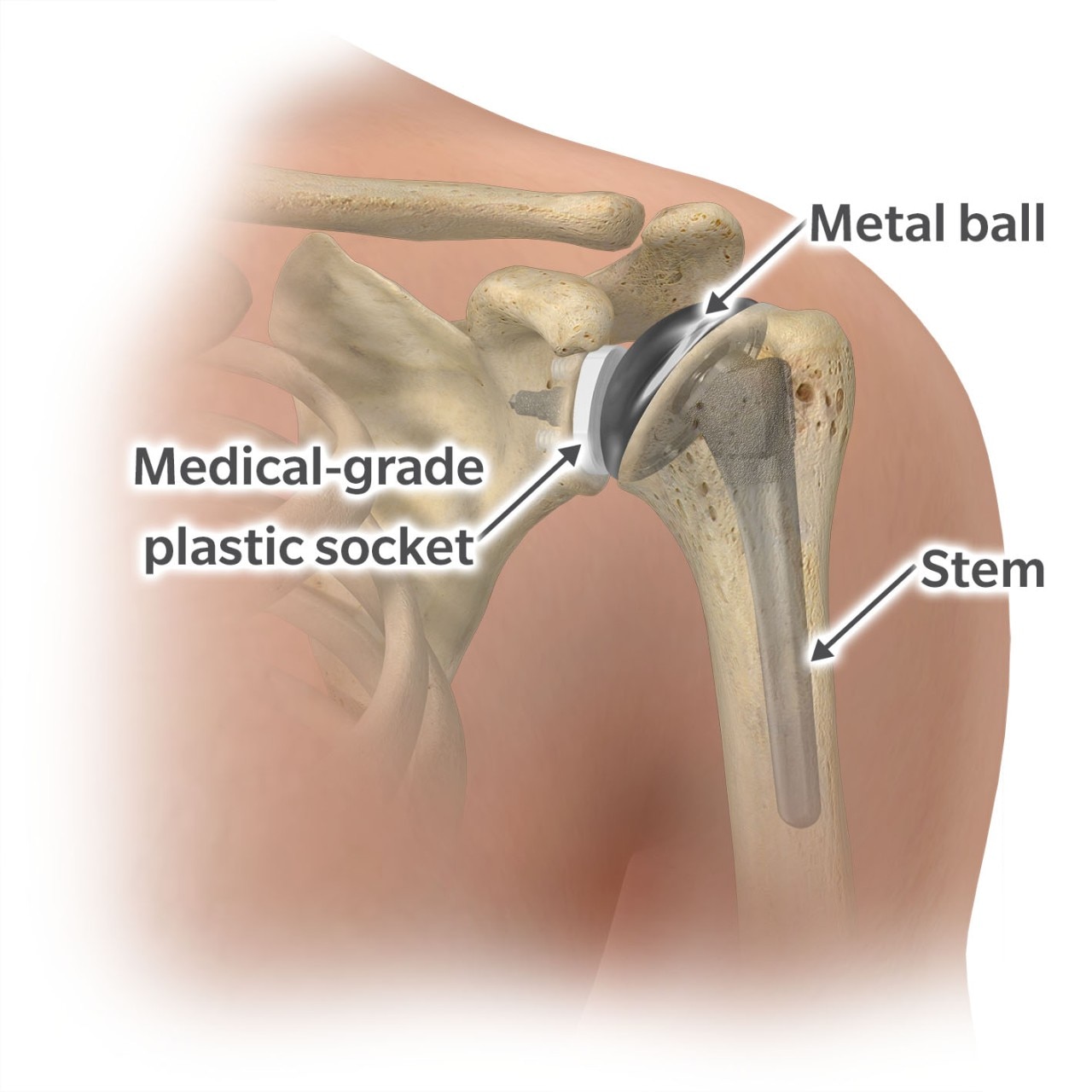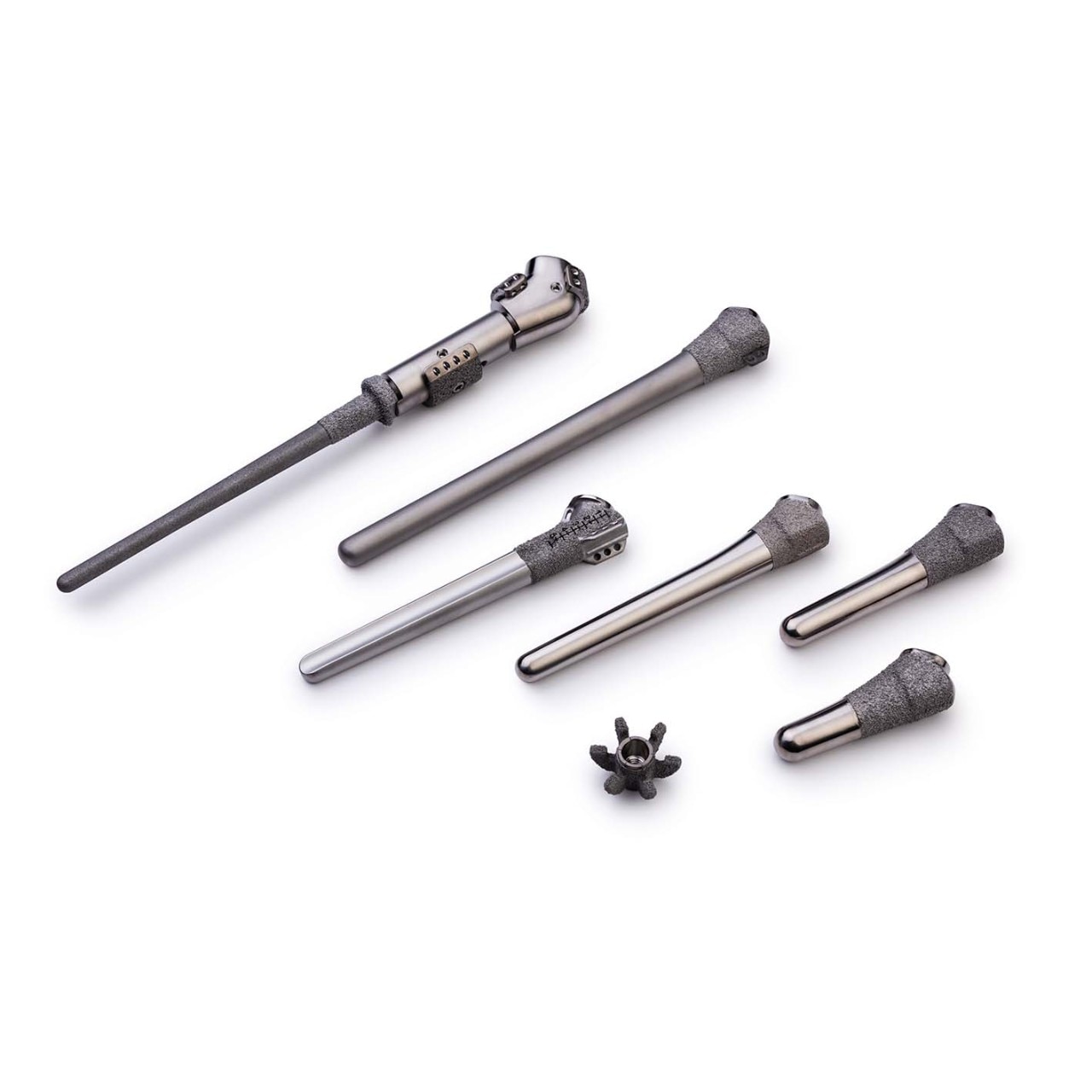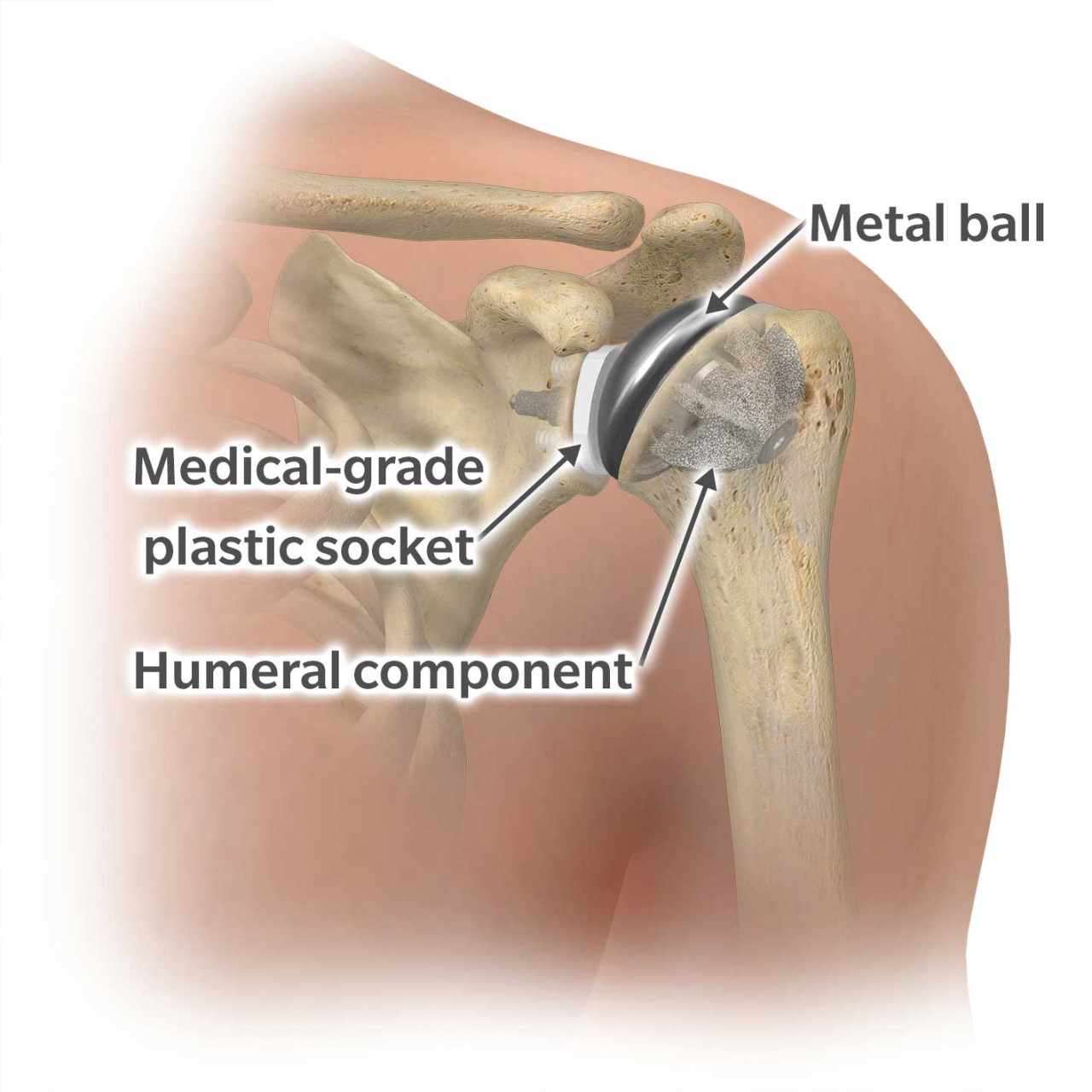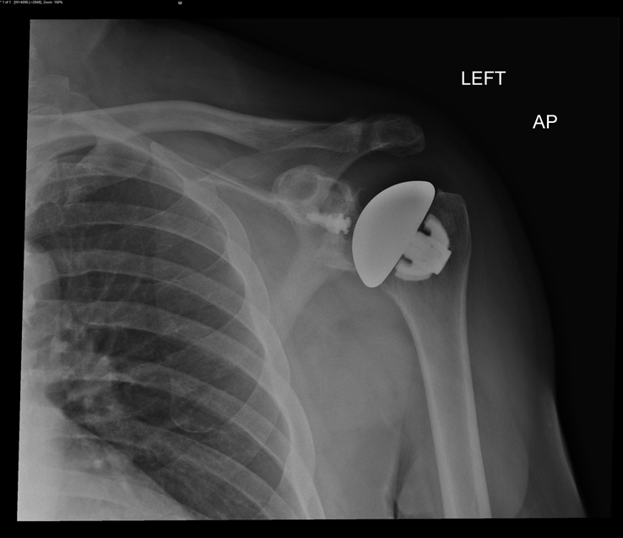Stemmed vs. Stemless Shoulder Replacement
You may have heard about a stemmed or stemless shoulder replacement, but not understood what that really meant. Here, Dr. Sperling explains both types of implants.
You may have heard about a stemmed or stemless shoulder replacement, but not understood what that really meant. Here, Dr. Sperling explains both types of implants.
Stemless shoulder replacement is a bone-preserving alternative to traditional stemmed implants used in anatomic shoulder arthroplasty. This technology has been around for many years. Originally introduced in Europe, stemless shoulder arthroplasty is now available worldwide with rapidly growing adoption.
Stemless implants are used in select patients with good quality bone. Let’s look at the difference between stemmed and stemless humeral components used in anatomic shoulder replacement surgery.
When a patient undergoes a shoulder replacement surgery with a stemmed implant, the ball of the humerus (your upper arm bone) with arthritis is removed. Then, the surgeon uses a series of circular drills to open up the bone down the canal of the humerus. After the canal is opened up, surgeons use a series of trial components with a similar size and shape of the final stem implant that will be implanted to further prepare the bone.

Over time, some surgeons have shifted from the use of humeral stems that are cemented into the humeral bone to uncemented humeral stem designs. Over the past ten years, many humeral stems used in shoulder arthroplasty are made from a porous metal (with holes) or have a coating that is applied that permits bone to grow into or adhere to the stem. This ingrowth material allows for boney fixation of the implant. This has reduced the need for cement to fix the humeral component in many shoulder replacement designs.
In addition to humeral stems becoming uncemented, the stems have also gotten progressively shorter over time. The available stem lengths used in shoulder arthroplasty have expanded to include stems ranging from approximately 122 mm down to 55 mm in some systems, providing several options for surgeons to choose from.
 Example of different shoulder replacement stem sizes
Example of different shoulder replacement stem sizes
Shorter stems allow surgeons to preserve more of a patient's natural bone. However, longer stems may be needed in some cases, and surgeons will determine which stem length (or whether a stemless design) is appropriate for each, specific patient. The use of short stems has resulted in an increased drive towards stemless shoulder arthroplasty.
In stemless shoulder arthroplasty, the surgeon also cuts off a portion of the top of the humeral bone that has worn down from arthritis. However, rather than using drills and instruments down the humeral bone canal, the surgeon is able to use a short stemless broach to prepare the upper part of the humeral bone. Therefore, the preparation of the bone and subsequent implantation is less invasive with less bone removal.

As with the stemmed humeral components, these stemless components are also available in multiple different sizes to allow your surgeon to match your anatomy to maximize the fit of the implant.
 Example of different stemless shoulder replacement humeral component sizes
Example of different stemless shoulder replacement humeral component sizes
After implanting the stemless implant, your surgeon can then place a smooth metal ball on the stemless implant, similar to what would be done with a stemmed humeral component. Some shoulder replacement systems also allow for the humeral head to be dialed or rotated to match your anatomy.

Stemless shoulder arthroplasty is exciting technology that can be used in appropriate patients with good bone quality, resulting in the patient retaining more of their own bone. The advantages of stemless shoulder arthroplasty have resulted in increasing use of this technology worldwide. It’s important to understand that there are risks with the use of both stemless and stemmed shoulder replacement surgery, including, but not limited to loosening, infection, wear, and other complications that could necessitate additional surgery; it is important to discuss these risks with an orthopedic surgeon. You can read more about the risks of shoulder replacement surgery by clicking here.